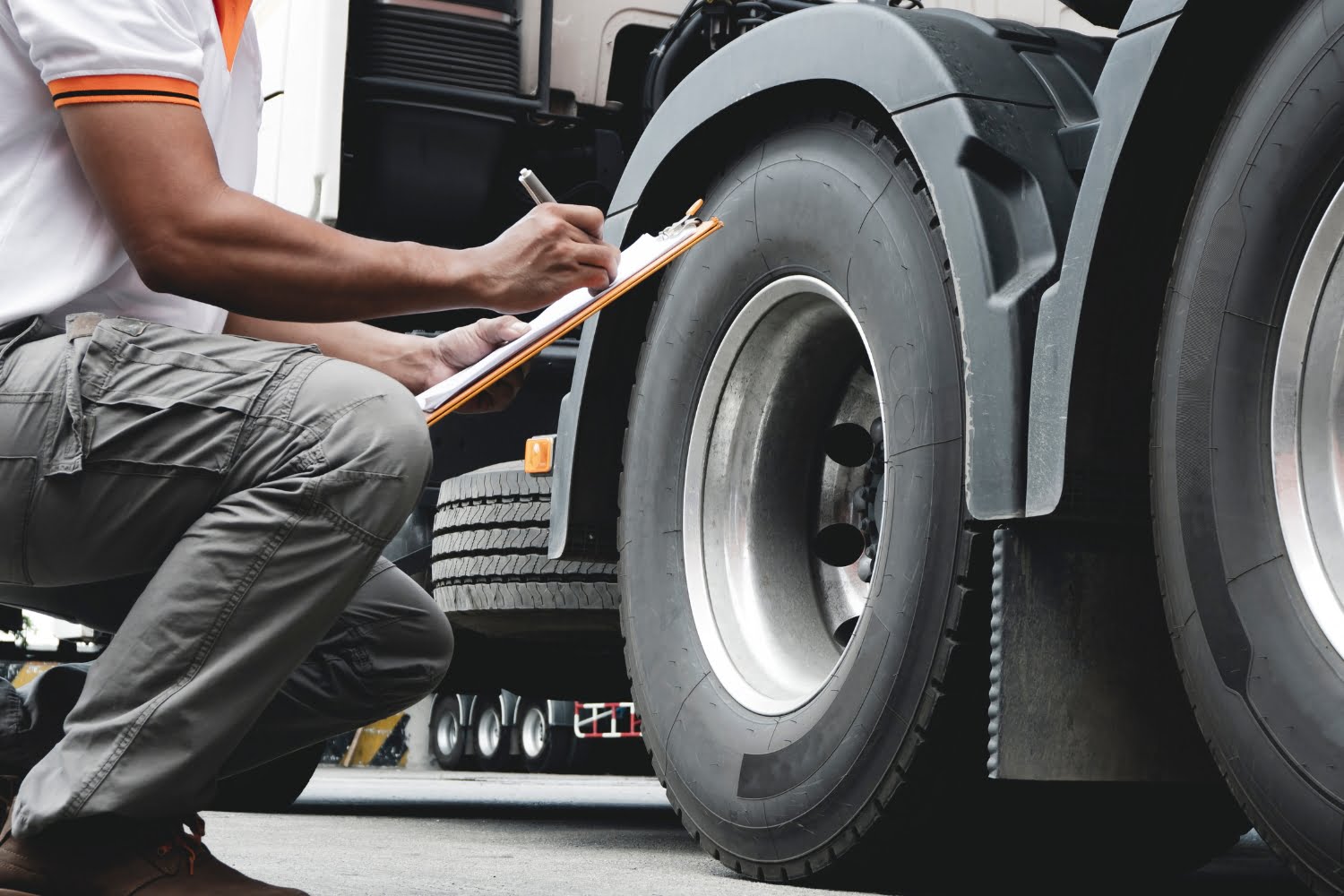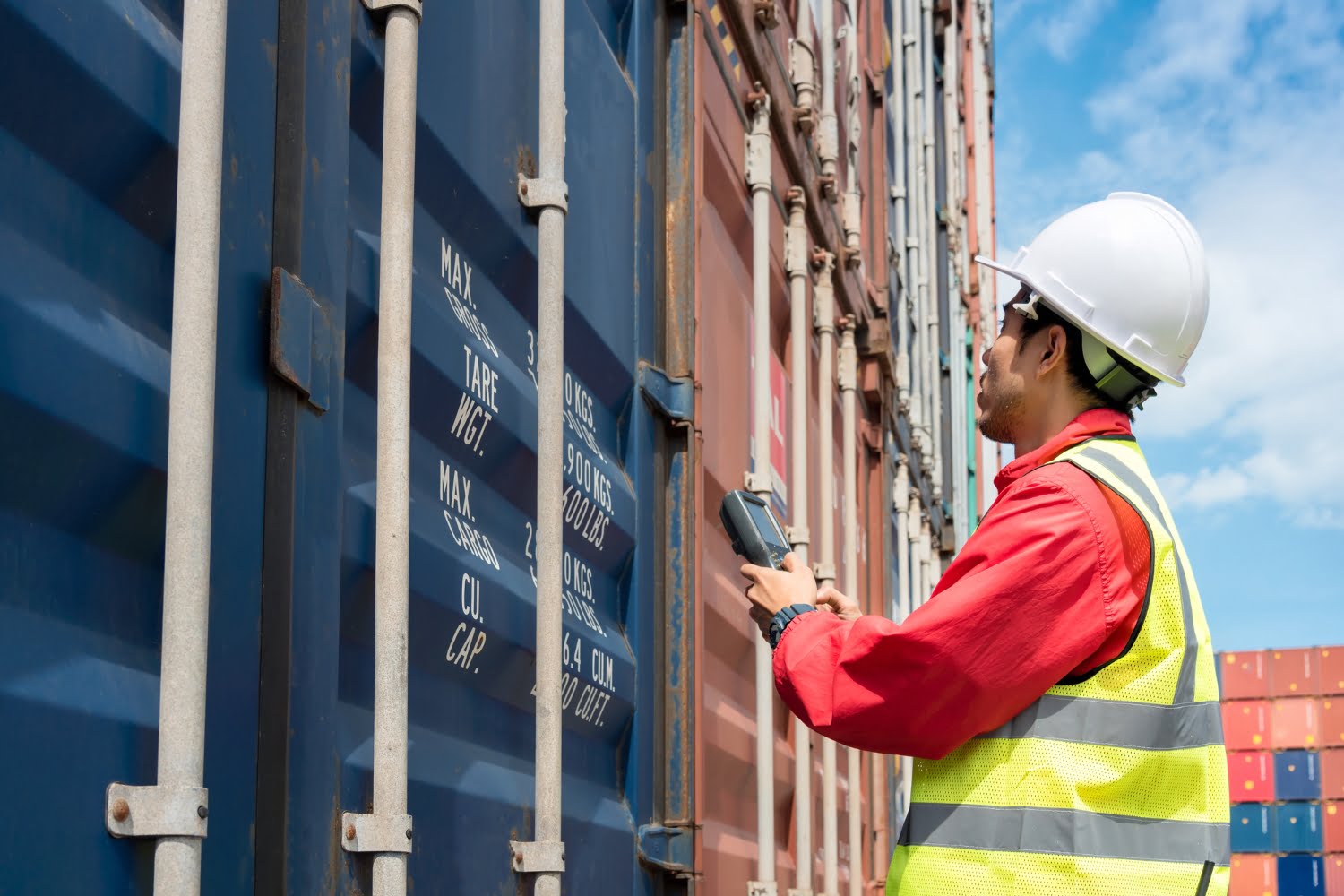Safe Freight is a Priority: How to Ensure Road Safety While Transporting Freight
Ensuring you have safe freight while in transit is crucial to prevent a wide range of road safety hazards. From hazardous material spills to fleet accidents and cargo theft, finding qualified freight carriers that prioritize safety helps ensure your commodities are protected.
There are also government regulations for safety in the logistics industry that must be followed to prevent compliance issues and legal fines.
Learn more about best safety freight practices when searching for transportation providers to ensure your goods and professional reputation aren’t compromised.
Understanding Safety Freight Regulations for Trucking Transport

With freight transportation activity increasing by 30.1% since 2010, so has the number of related road accidents. According to the Department of Transportation (DOT), commercial trucks accounted for 88.9% of freight transportation fatalities, and the majority involved passenger travel on highways.
In addition to best safe freight practices, there are trucking transport government standards that must be followed to prevent compliance violations.
Safety laws for over-the-road (OTR) transport include:
- Truck driver qualifications, including commercial licensure and training in OTR safety management systems
- Load securement regulations, including loading capacities and working load limits (WLL)
- Regular fleet maintenance and inspection procedures
- Specialized equipment and driver training for transporting hazardous materials
With the increase in freight trucking traffic, now more than ever is critical to find transportation providers who invest in OTR safety to prevent road safety hazards.
In some instances, the seller or supplier may purchase a cargo insurance policy themselves. If this is the case, request information on what the policy covers to ensure you’re protected from cargo liability. Ask which commodities are covered, and excluded, policy limits, and how claims are paid.
What Precautions Must be Taken if Driving with Cargo?
Although cargo law is comprehensive, these are some of the fundamental safe freight standards your transport provider must follow:
Truck Payload Capacity
When searching for cargo insurance companies, there are a few factors to consider first before choosing a provider. You should always request multiple insurance policy quotes to ensure you’re getting a fair rate.
The DOT has weight enforcement laws for freight trucks, depending on the fleet weight, number of axles, and where they’re traveling. Additionally, there are state statute exceptions to exceeding federal truck loading capacity for instances like transporting goods on non-interstate highways and special types of work vehicles, like dump trucks.
Additionally, truck weight limits vary by state. So, your freight carriers must also adhere to local payload capacity regulations.
Federal weight limits for OTR transport include:
- 80,000 lbs gross vehicle weight
- 20,000 lbs on a single axle
- 34,000 lbs on a tandem axle group
Truck loading capacity ensures freight companies and their drivers are loading trailers properly. If a truck’s cargo is heavier than its payload capacity, it causes various safety risks. Improper loading compromises a truck’s necessary stopping distance and steering because of imbalance.
Approved Tie-Down Methods
The Federal Motor Carrier Safety Administration (FMCSA) has approved tie-down standards for proper load securement. Approved tie-down methods prevent cargo from unfastening and releasing while the fleet is in transit on the road.
The FMCSA’s tie-down system rules include:
- Edge protection where tie-downs touch cargo to prevent them from being cut or crushed
- A minimum of one tiedown for items 5ft or less in length
- A minimum of one tiedown for goods more than 1,100 lbs or greater than 5ft, but less than 10ft regardless of weight
- Commodity-specific securement requirements for building materials, automobiles, heavy equipment, containers, and large boulders
Not only will you get a fine for an unsecured load, but it also risks serious traffic safety risks. Commodities can spill onto the road while driving and cause accidents that can be fatal—especially for heavy cargo. You may also be liable to replace lost commodities if you don’t have cargo insurance that provides you coverage for these accidents.
Working Load Limits (WLL)
Payload capacity and working load limit (WLL) are two different metrics used for safety in the logistics industry. WLL is the weight limit for lifting equipment that loads freight trucks, such as forklifts and cranes. Payload capacity is the maximum weight a truck can carry.
WLL is calculated by dividing your tie-down system’s breaking strength (BS) by its safety factor (SF). For example, if your tie-down strap’s BS limits are 10,000 lbs with a 5:1 SF, your WLL is 2,000 lbs maximum.
WLL determines how much weight and force your tie downs can safely secure without breaking. These safety load measures also help protect shipper and carrier personnel from injuries and accidents during loading/unloading processes. Load security is not only required while in transit but how it’s loaded, too.
Standard Load Checking Procedures & Safety Policies

As mentioned above, safe freight procedures must also include loading and unloading, not just when goods are in transit. The Occupational Safety and Health Administration (OSHA) has set regulations to prevent loading-related accidents from transportation providers.
OSHA’s truck loading and unloading standards include:
- Loader and driver safety training to identify potential hazards before loading/unloading
- Proper loading equipment staff training and monitoring with all involved workers
- Designated loading zones clear from personnel on foot
- Never load trucks on a downhill surface
- Driver and loaders wearing reflective vests while in loading zones
Having clear communication is vital for transporting cargo to prevent serious injuries and fatal incidents during loading/unloading processes. Ask your freight carrier about the safety precautions and procedures they’ll implement for your cargo or unique needs.
Additionally, if potential issues occur while loading or unloading your goods, ask about their claims process to ensure you aren’t liable to replace them. We always recommend buying cargo insurance or ensuring self-insured freight companies give you proper coverage.
Truck Netting
Truck netting is designed to support transportation fleets for freight securement during loading and transit. Depending on the size of the fleet, truck netting systems come in various web pattern sizes, max strength, and stretch capabilities.
These safety nets are ideal for:
- Transporting free materials, like gravel or sand
- Better positioning for odd-shaped cargo
- Separating loads, like hazardous liquids
- Additional tie-down system support
An unsecured load without netting can slide and damage your goods or fall out of the truck from putting too much weight onto the truck’s doors. When considering freight carriers, ask about their freight security netting systems and if they’ll utilize them for your specific commodities.
Fraud Prevention Technology
The supply chain industry experienced a 57% increase in cargo theft last year alone. The rise of AI has exposed the vulnerabilities in dated supply chain technologies. Common types of cargo fraud include fraudulent double-brokering, where scammers pretend to be legitimate co-freight brokers, and cyberattacks on transportation management systems (TMS).
When considering freight carriers, ask about their fraud prevention technology’s features, including:
- User-identify verification with multi-factor authentication to alert and stop suspicious logins
- Real-time asset tracking to detect and stop fraud instantly
- Utilizing software barcodes to legitimize load postings for intermodal transport when unloading from rail freight to OTR trucking
Choosing transportation providers with advanced TMS software can reduce fraud vulnerability risks for your commodities by gaining greater visibility.
Who is Responsible for Load Securement?
Your freight transportation provider and their truck drivers are responsible for load securement even if the driver didn’t load it. Other potentially liable parties include the shipping company and city/municipal legislators if public roads aren’t compliant.
We don’t expect you to be fully equipped on all loading and safety freight standards as they’re complex.
But you can check for key logistics company credentials when considering carriers, including:
- FMCSA safety ratings
- Cargo and liability insurance
- Industry associations and certifications like the Truckload Carrier Associaton (TCA)
- Freight tracking and visibility tools
When searching for a logistics company, conduct preliminary research on their safety ratings and processes to ensure your commodities get the utmost protection—so you choose a quality provider.
Invest in a Safe Freight Forwarder with Lone Star Logistics
Lone Star Logistics is not just a freight transportation company, but also a freight broker to ensure your commodities are transported safely and securely. As a federally licensed and non-asset-based freight brokerage firm, we can tailor your unique cargo safety needs.
From custom routes to specialty shipping and multiple transport modes, we ensure our shippers, carriers, and your commodities are protected at the highest safety standards.
We also have the technology to track and trace freight and provide timely route updates so you know where your goods are.
Learn more about our transportation services or fill out a shipper request form for a custom quote.
Have questions? Our 24/7 bilingual support team answers any questions you have for them. Call 833-562-3722 or email info@lone-starlogistics.com today!

